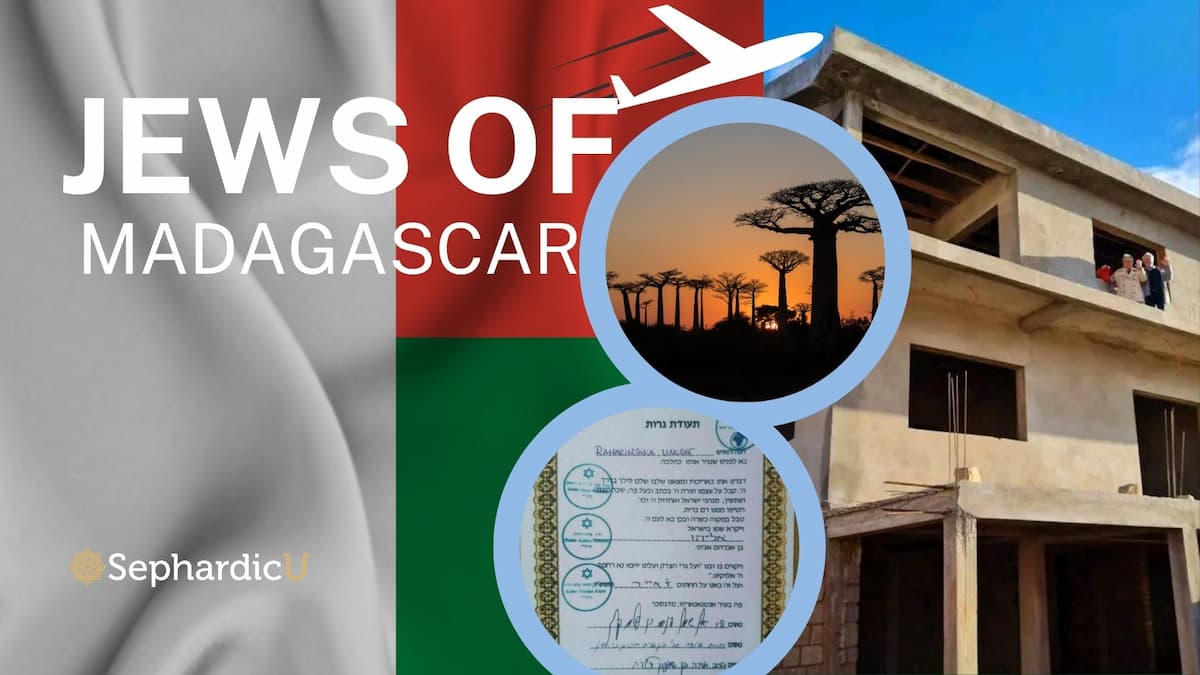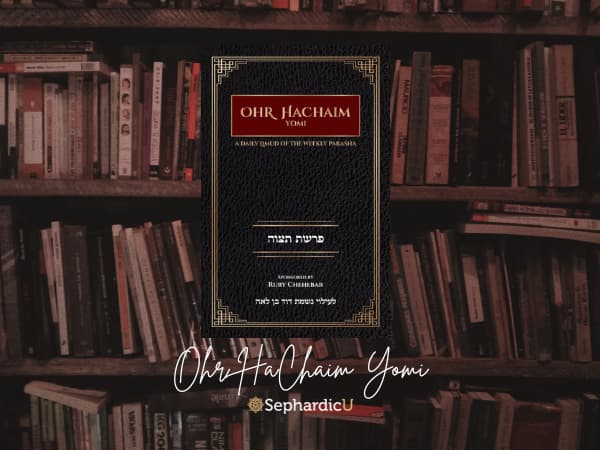Role of Sephardic Cuisine in Religious and Cultural Celebrations
Sephardic cuisine holds a profound significance in religious and cultural celebrations, where food plays a central role in preserving traditions and fostering community bonds. From symbolic dishes to festive feasts, these culinary rituals enrich the cultural tapestry of Sephardic Jews worldwide.
Symbolic Foods and Dishes Associated with Festivals
Each festival in the Sephardic calendar brings forth a unique array of symbolic foods that embody spiritual significance and cultural identity. For Passover, dishes like charoset (a paste of fruits and nuts), Moroccan-style matzo ball soup (skhina), and quajado (spinach and cheese pie) are prepared. Rosh Hashanah features delicacies such as tishpishti (nut and semolina cake) and leek patties (keftes de prasa) to usher in a sweet New Year. Hanukkah is celebrated with delights such as bimuelos (Sephardic doughnuts), samsa (pastry filled with nuts and honey), and fried foods like zalabia (fried dough) to commemorate the miracle of the oil.
Culinary Traditions and Legacy
Sephardic culinary traditions are passed down through generations, preserving rituals that blend religious observance with familial customs. Recipes for festive dishes are cherished heirlooms, handed down from parents and grandparents, each preparation a testament to cultural continuity and culinary craftsmanship.
Cooking Techniques and Methods in Festive Preparations
The preparation of festive dishes often involves meticulous cooking techniques that enhance flavors and textures, ensuring each dish honors tradition and satisfies the senses. Slow-cooking stews, delicate pastry-making, and the artful blending of spices are common practices that transform seasonal ingredients into culinary masterpieces.
Community and Sharing
Festivals are occasions for Sephardic communities to come together in celebration, sharing meals that strengthen bonds and forge connections across generations. The act of preparing and serving traditional foods is a communal effort, where recipes are shared, stories are told, and memories are made around the dining table.
Preservation of Culinary Heritage
By preserving culinary heritage through festive occasions and rituals, Sephardic cuisine continues to thrive as a vibrant expression of cultural identity and resilience. Each festival serves as a reminder of the enduring legacy of Sephardic Jews, their journey through history, and the significance of food in sustaining traditions.
Ready to explore more of Sephardic cuisine? Continue reading with our next section: Sephardic Cuisine Culinary Innovations: Modern Adaptations.








Ohr HaChaim Yomi – Emor